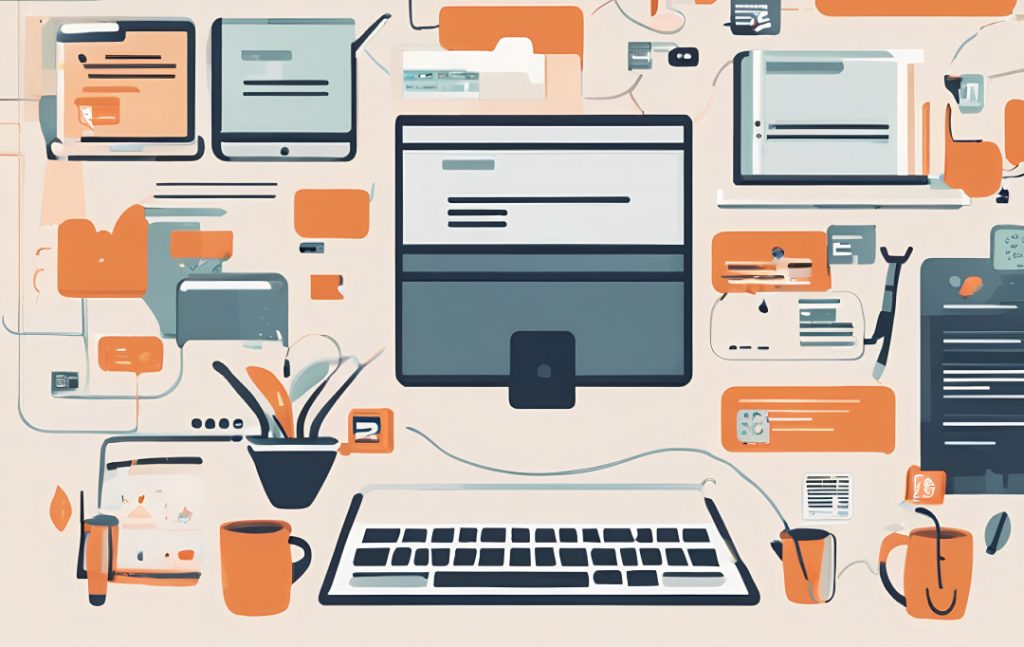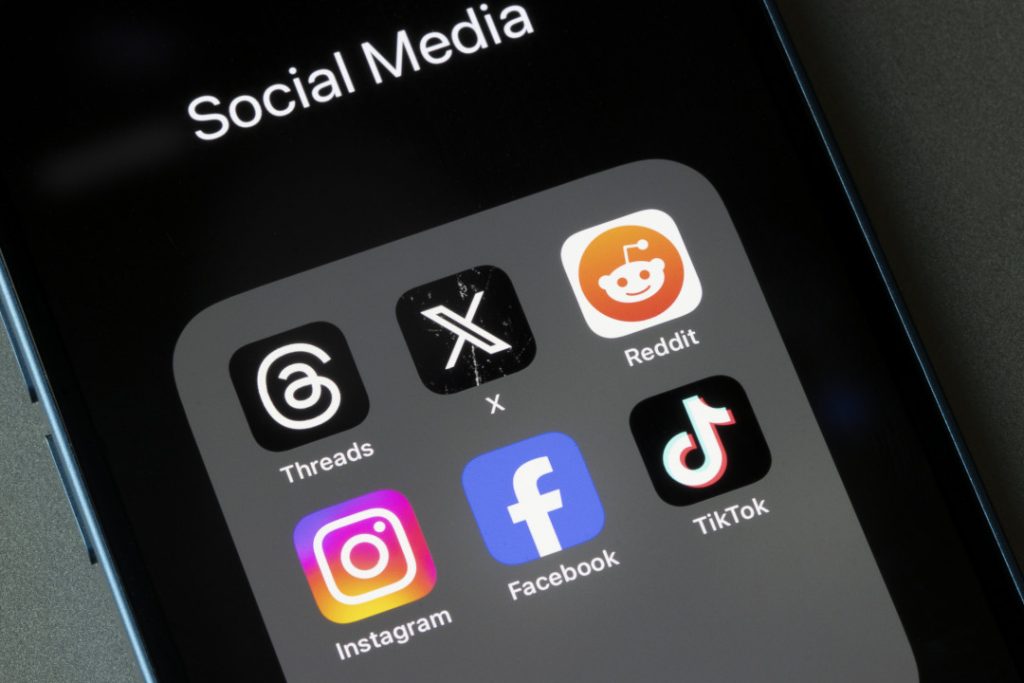Humans need each other. Whether you’re a business owner who needs customers to come back or a customer who needs your favorite business to reopen, everyone needs someone. This interdependence is at the heart of capitalism and will spur the recovery our country and world needs.
But questions are mounting about when that recovery will begin and what it will look like. Half of American consumers believe the pandemic has forever altered their lives, and there won’t be a “normal” after the pandemic is over.[1] Simply put – we’ve changed. Customers have changed, meaning businesses can’t expect to reopen and proceed like the pandemic never happened. If you want to emerge from the pandemic stronger, you need to go back to basics. Here are some simple tactics you can use:
Remember Why You Started
Being in business is a constant dance with your customers. They provide a need. You provide the solution. The pandemic changed the dance’s rhythm, but the need you helped customers address is likely still there.
Go back to when you started your company and remember why. Reflect on how and why you wanted to help people. Successful businesses are faithful to their customers and deliver on the promise they make time and time again. Delivery is not just about a tangible product or service. It’s about the experience of your brand. Customers want to create memories with you from the moment they first engage, whether over social media or walking into your store.
Since March, Americans have experienced life from their homes. Working, shopping, watching movies, meeting with friends, even happy hours are no longer personal experiences. They have been relegated to the distance of the virtual world and into size of a computer screen. People are longing for authentic human interaction, and if you can deliver that, customers will reward you. A new survey of customer expectations finds that 84% of people will go out of their way to spend more money with brands that deliver a personalized experience.[2] Note that this survey was deployed before everyone was locked inside for months, meaning that the already large percentage of people willing to pay for an experience is probably even larger now.
Don’t sit on the fence when it comes to delivering. Businesses lose sight of their product or services by focusing on ways to get or keep customers. Before you think of pleasing customers, know what you want to offer and why you want to offer it. Remembering why you started gives you the chance to forget about all the other things that come with business ownership. Just for a moment, put the ordering, the product inventory, and the sales invoices out of your mind. In the purest sense, remember what made you start your business or go into your industry. That truth will help you come back to the satisfaction you get from fulfilling your customers’ needs, which will in turn win your customers over again and again.
Hi, It’s Nice to Meet You
America started shutting down nearly eight weeks ago. A lot has happened since the last time you’ve seen your customers and since they’ve seen you. Although we like to believe customers will remember us through the stress-filled two months, chances are they’ve forgotten. One study found that a six-month absence from TV will result in a 39% reduction in total brand communication awareness.[3]
It’s time to reintroduce yourself. This time affords you the unique opportunity to recreate your key relationships. Think of it as the combination of a do over for anything you think you could have done better and a fresh start for those customers you haven’t connected with yet.
The key to this introduction is ease and patience. We have gone through a collective trauma that no statistical model could have predicted. 45% of American adults say the pandemic negatively impacted their mental health.[4] “Address that aggressiveness. You don’t want to be the first company to come out and say how much better you are. That type of competitiveness is going to be triggering to people,” said psychiatrist Dr. Steven Lahr. The pandemic leveled the playing field and brought us all together through a shared experience. People will shy way from the classic, driven salesperson. It’s best to table the cutthroat tactics for a while in favor of a humbler approach. Share with people how you weathered the storm with them and how you’ll be there to help them pick up the proverbial pieces.
Put People Before Perfection & Profits
One of the biggest mistakes businesses make in fluid situations is waiting to perfect something before launch. Granted, it’s important not to go to market with an undeveloped product, but it does not have to be perfect. Think about the evolving needs of your customers and address them the best way you can in that moment. Necessity is the mother of invention, so listen to what people need and help them. People will go where their needs are met, regardless if they’re met perfectly or not. You can always tweak things later as you gather feedback. You can then perfect what features and services customers are looking for and not waste time on things that don’t matter to them.
Don’t let your quest for profits cloud your ability to engage your customers. Without customers, you have no profits. It seems like something that should go without saying, but plenty of businesses fail because they forgot to cater to the people who are keeping it running.
Engage your customers. Ask them for feedback on your current products and services. Ask them what they need or what they might need in the future. Listen. They know their pain points best, and by tapping into them, you can get ahead of the game. Profit is not the only metric that matters.
Winning customers back is about knowing them and how to address their needs. You have to go the extra mile to get them to be comfortable with you again. A wonderful product is great, but it takes more than that now. Remember to lead with kindness, patience, and an authentic desire to help.
Believe in Your Recovery
It is clear that optimism is a major theme emerging from the research about the nation’s recovery. What is also clear is that businesses have a crucial role to play in fostering optimism. 31% of Americans are optimistic that the economy will rebound within 2-3 months and be just as strong or stronger than it was. [5] Another 50% are “unsure.” That means only 19% of people are pessimistic about the future. Don’t be in that set. It’s bad for business.
Your customers have gone through enough doom and gloom. They want to be uplifted. Believing your recovery and that of the nation will show in how you talk with and engage with customers.
A simple way to do this is through communicating. Optimistic customers are far more likely to say they have good access to information.[6] Optimists are actually around 80-100% more likely to say they have good access to information on their local area and their country compared to the pessimists.
Communication should be clear and simple. It is more important that you pay attention to delivering the information that your customers need on the mediums where they are – whether that is social media, on your website, or in your storefront. Knowing your audience is key to identifying how to approach them with your messages. With the right approach, you will see improved brand awareness, loyalty and sales.
Another way to show your optimism is by assuming every customer is your next loyal shopper and treat them as such. Businesses sometimes make customers “earn” a good relationship with them. Now is not the time for delayed gratification. Address every person with the dignity and respect you would give to your oldest customer. You can nurture these relationships into long-time customers.
What’s Next?
As we start to ease back into life outside the walls of our homes, we will all be forced to adjust to new ways of living. Businesses should take on a leadership role in this. By getting back to basics, you can build your business into a stronger version of itself. Remembering why you started will help you access where you’re going and adjust course if necessary. Your customers will come back. Have faith in that. But they will be different, as will you. Appreciate that. Respect that. Be there for them, and they will be there for you. Remind them that you were there for them before all this, and you will continue to put them first and support their needs regardless of what the future holds. Recognizing their experience and giving them comfort will validate them and allow them to do more than buy your brand, they will experience it
1 PYMNTS. (2020, April). Navigating the COVID-19 Pandemic. Retrieved From: https://securecdn.pymnts.com/wp-content/uploads/2020/04/Navigating-COVID-19-Pandemic-Post-Pandemic-Reset.pdf
2 Gladly. (2020). Customer Expectations Report. Retrieved From: https://go.gladly.com/customer-expectations-report-2020
3 KANTAR 2020; https://adage.com/article/agency-news/kantar-study-shows-consumers-expect-brands-be-helpful-during-coronavirus-pandemic/2246361
4 Panchal, Kamal, R., Orgera, K., et al. (2020, April 21) The implications of COVID-19 for mental health and substance abuse. Retrieved from: https://www.kff.org/health-reform/issue-brief/the-implications-of-covid-19-for-mental-health-and-substance-use/
5 Gordon, J., Gupta, A., Khanna, S., et al. (2020, April). US consumer financial services: How COVID-19 is shaping attitudes. Retrieved from: https://www.mckinsey.com/industries/financial-services/our-insights/us-consumer-financial-services-how-covid-19-is-shaping-attitudes?cid=other-eml-alt-mbl-mck&hlkid=71c077f07f8e4da1aff129fc15dc1bdf&hctky=11656831&hdpid=8169e012-4de9-4f8b-b384-c579d23c952d
6 Global Web Index. (2020, March 24). COVID-19: Why optimism is key. Retrieved from: https://blog.globalwebindex.com/chart-of-the-week/covid-19-why-optimism-is-key/




